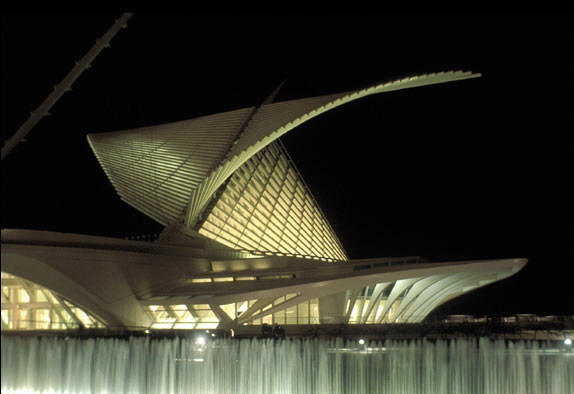 HistoryThe revolutionaries participated Turkish War of Independence until 1924 to give importance to the national culture in the establishment of the Ethnography Museum also believed in material and spiritual heritage of cult. For this reason Hamdullah Suphi Tanrıöven, Minister of National Education, asked opinion of his work friend turkologist Meszarow J., one of the leaders of the Budapest Ethnographic Museum for the establishment of the museum, and he was offered to for this purpose, which will serve understood from the report submitted to the Ministry of National Education Prof. Meszarow 29 November 1924. Sun at making preparations for the establishment of Public Museum, a special committee under the chairmanship of Prof. Celal Esad (Arseven) in Istanbul in 1924 and chaired by Halil Ethem (Erdem), Director of Museums in Istanbul in 1925 was created for the collection and the purchase of art. 1250 works of art were acquired by the committee, issued in the museum, which was completed in 1927. Hamit Zübeyir Kosar was appointed as director of the museum.The courtyard serves as a temporary mausoleum for Atatürk.
HistoryThe revolutionaries participated Turkish War of Independence until 1924 to give importance to the national culture in the establishment of the Ethnography Museum also believed in material and spiritual heritage of cult. For this reason Hamdullah Suphi Tanrıöven, Minister of National Education, asked opinion of his work friend turkologist Meszarow J., one of the leaders of the Budapest Ethnographic Museum for the establishment of the museum, and he was offered to for this purpose, which will serve understood from the report submitted to the Ministry of National Education Prof. Meszarow 29 November 1924. Sun at making preparations for the establishment of Public Museum, a special committee under the chairmanship of Prof. Celal Esad (Arseven) in Istanbul in 1924 and chaired by Halil Ethem (Erdem), Director of Museums in Istanbul in 1925 was created for the collection and the purchase of art. 1250 works of art were acquired by the committee, issued in the museum, which was completed in 1927. Hamit Zübeyir Kosar was appointed as director of the museum.The courtyard serves as a temporary mausoleum for Atatürk.Gazi Mustafa Kemal (Atatürk) visit to the Museum on 15 April 1928, after he informed about the museum, ordered the opening of the Museum of the reason for the visit of Afghan King Amanullah Khan in Turkey. The museum was opened to the public on 18 open in July 1930 and stayed until the courtyard of the museum was assigned as a temporary grave for Atatürk's body in November 1938. The body of Atatürk, it was held until it carried out to Anıtkabir in 1953. This section needs to be kept still as the grave in the memory of Ataturk, has the following inscription on the white marble:
"This is the place where Ataturk, the eternity of the past laid on 10.11.1938, from 21.11.1938 until 10.11.1953."
The Ethnographic Museum served as the mausoleum of Ataturk for 15 years, until the completion of Anıtkabir. It has been visited by the President, ambassadors, foreign delegates and the public. The work was continued during this period in the museum. Changes were necessary for International Museum of the week of November 6-14, 1956 and is the museum for public visits are open again.
The architect of the building is Arif Hikmet (Koyunoglu), which is considered one of the most prestigious architects of the first period of the Republic considered.
Building
The building is rectangular and design is a dome. Stone walls are covered with stones kufeki. Front section is covered with marble and decorated with carvings. 28 steps are used for entry into the building. It is a four-pronged, three-way system input. If entered through the door, you reach the hall under the dome and the columns section called courtyard. It is a marble pool in the middle of the court, and the roof is still open. If this courtyard is assigned as a temporary mausoleum for Atatürk, the pool was installed in the garden and the roof was closed. They are small to large warehouses around the courtyard in the symmetry. Administration section is located next to the Museum and is two floors.
The bronze equestrian statue of Atatürk in front of the museum was of the Ministry of National Education was commissioned and created by Italian sculptor Pietro Canonica.
 Collections
CollectionsThe Ethnography Museum is the museum, where Turkish art of Seljuk era issued to the present.
Public clothes, jewelry, shoes, slippers, samples from different regions of Anatolia collected women's and men's socks from Sivas region, various bowls, lace, scarves, belts, towels, bed linen, bridal costume, groom shaving kit, old traditional Turkish art are exhibited.
Technical material and design unique and Turkish carpets, weaving benches from Uşak, Gördes, Bergama, Kula, Milas, Ladik, Karaman, Niğde Kırşehir regions are on display. In fine art samples of Anatolian art mine, there are boiler Mamluks in the 15th Wash century, Ottoman sweet kettle, mugs hand, bowls, trays are coffee, meal tables, cups, candle scissors on exhibition.
Arrows, bows, lights, guns, rifles, swords and other things from the Ottoman period, Turkish ceramics and porcelain and china from Kütahya, religious sect and properties, Turkish inscriptions with the beautiful patterns on display.
Seljuk Sultan Kaykhusraw III to the throne, a fine sampling of Turkish wooden sculptures (13th Century), Ahi Serafettin Sandukası (14th century), Nevsehir Urgup Damsa Village Taşhur Nish Pasha Mosque (12th century), Siirt Ulu Mosque Nish (12 . century), Merzifon Çelebi Sultan Gate Madrassah (15th century) are some of the most important works of art of the museum.
The collection was a gift from Besim Atalay, who is a member of the 7th Period of the Turkish Grand National Assembly (Grand Assembly) was granted.
It is a specialized library with works on Anatolian ethnography, folklore and art history.

No comments:
Post a Comment